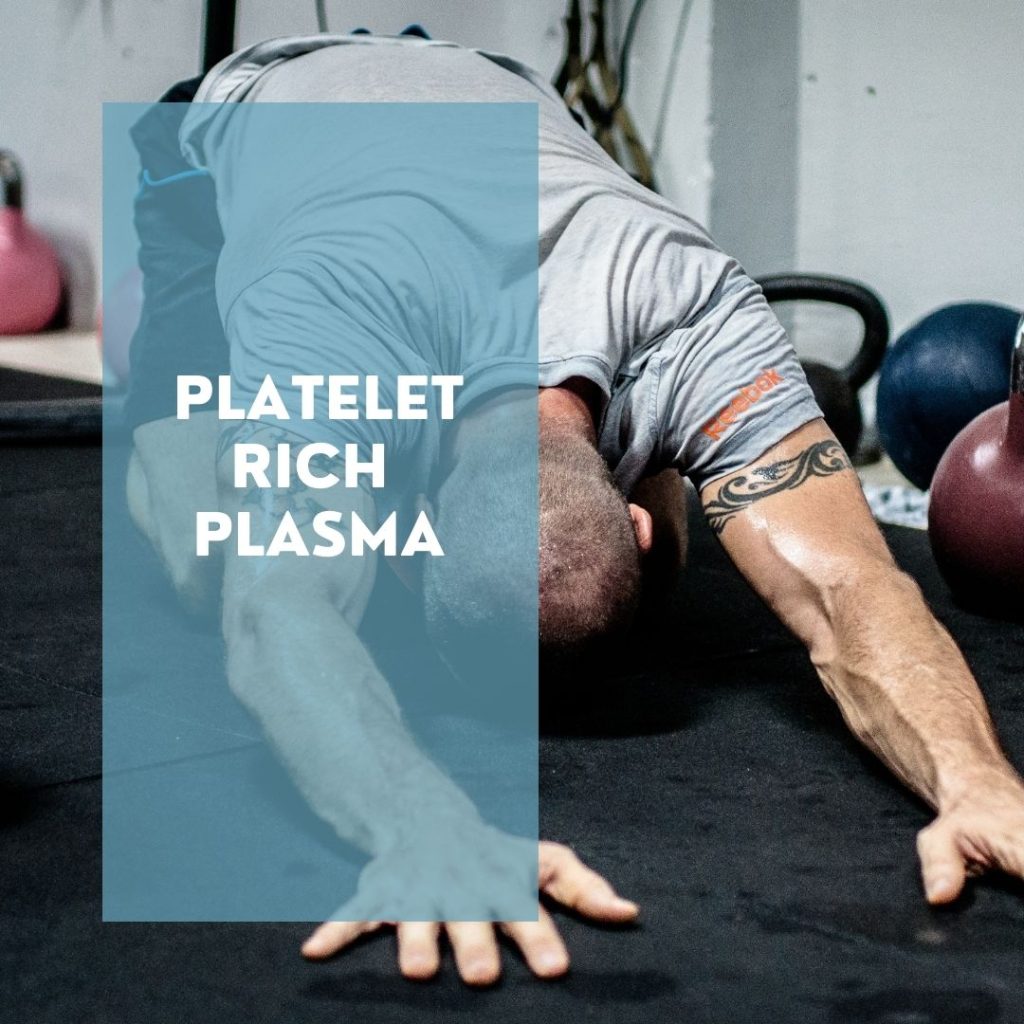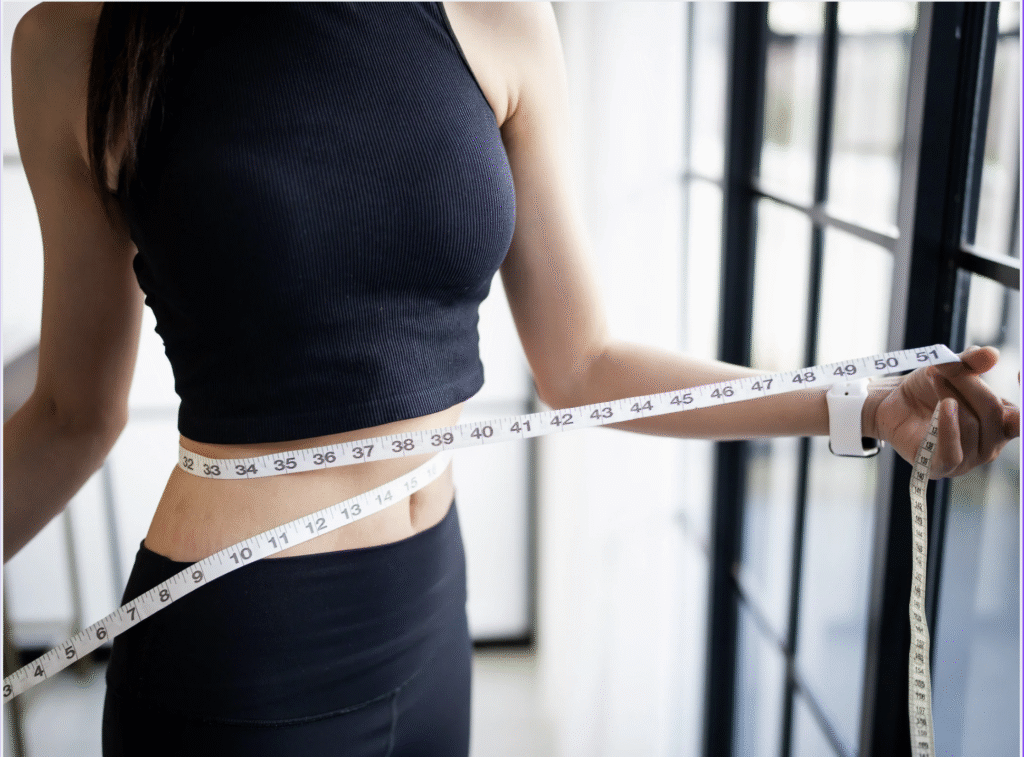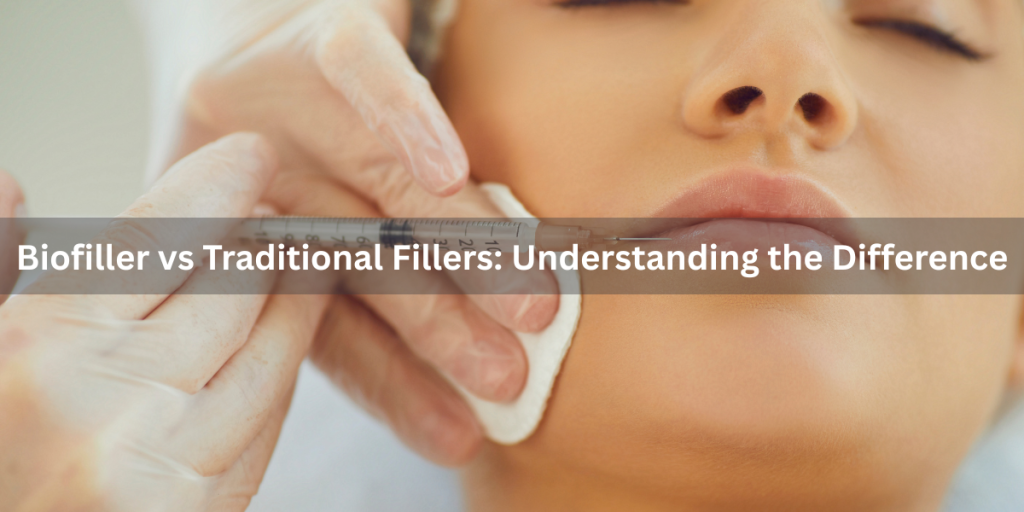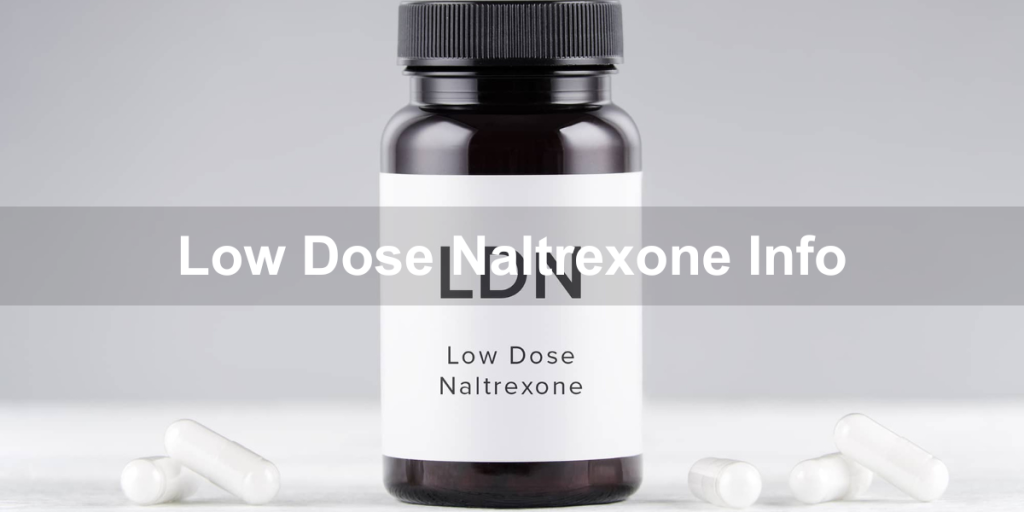What if you could accelerate your body’s healing without surgery, prescription drugs, or downtime?
That’s not wishful thinking. That’s Platelet Rich Plasma therapy—also known as PRP. It’s a cutting-edge regenerative treatment that uses your own blood to repair damaged tissue, reduce pain, and get you moving again.
At Katalyst Wellness, we deliver PRP Therapy in San Diego using advanced diagnostics and ultrasound-guided precision.
Here’s a deep dive into how PRP works, what it can treat, who it’s for, and why more people are choosing it as a smarter solution for sports injuries and chronic pain.
What Exactly Is PRP Therapy?
PRP stands for Platelet Rich Plasma, a treatment that supercharges your body’s natural healing response.
Here’s how it works:
- Your blood contains red cells, white cells, plasma, and platelets.
- Platelets are packed with growth factors—biological tools your body uses to repair tissue and reduce inflammation.
- In PRP therapy, your blood is drawn and spun in a centrifuge to concentrate these platelets into a highly potent solution.
- This platelet-rich serum is then re-injected into injured tissue—stimulating cell regeneration, collagen production, and faster recovery.
Think of it as upgrading your body’s built-in repair system with a biologically personalized boost. No artificial substances. No foreign chemicals. Just you, healing you—at full strength.
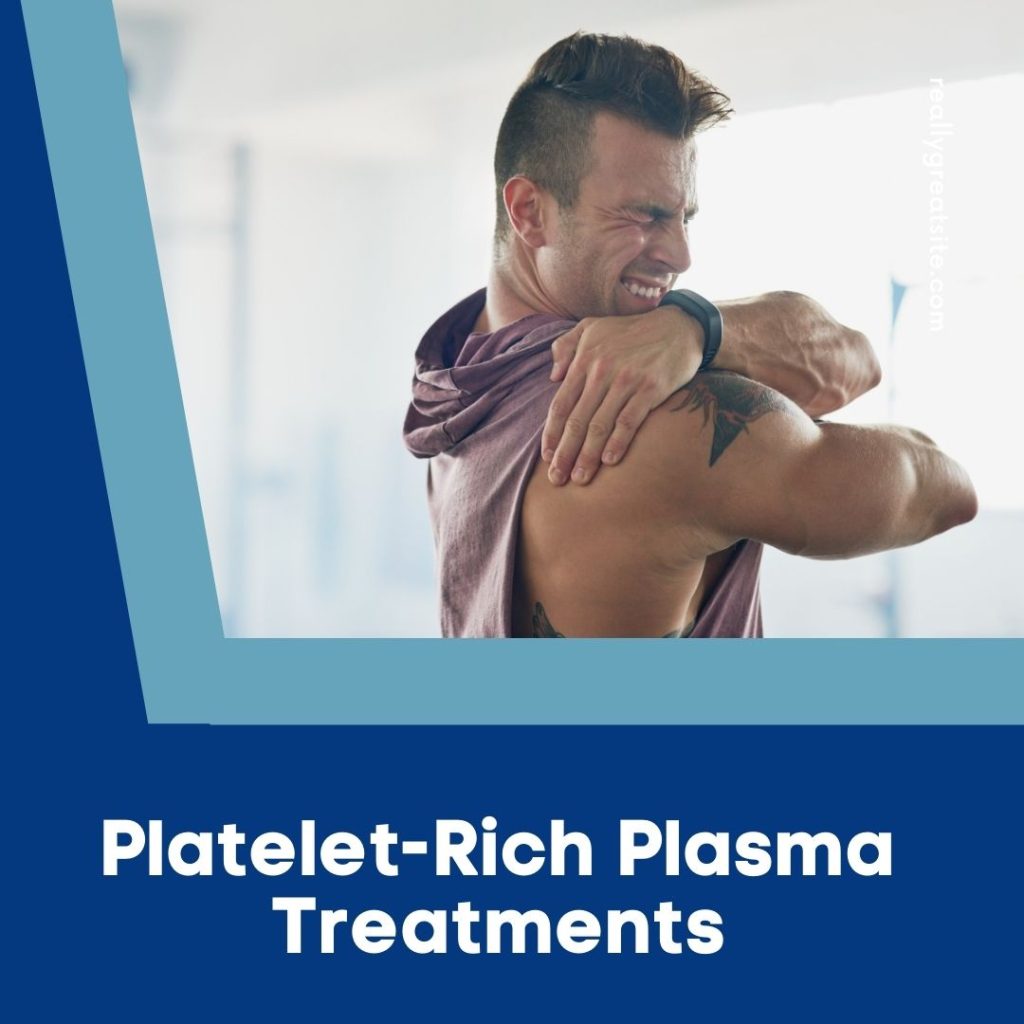
What Injuries and Conditions Can PRP Treat?
PRP isn’t just for elite athletes—it’s for anyone who wants to recover smarter. At Katalyst Wellness, we’ve seen PRP help patients with all kinds of musculoskeletal issues, including:
✅ Joint Pain & Degeneration
- Knees: Arthritis, meniscus injuries, chronic pain
- Shoulders: Rotator cuff strains, bursitis, frozen shoulder
- Hips: Labral tears, osteoarthritis, trochanteric bursitis
- Elbows & Wrists: Tennis/golfer’s elbow, carpal tunnel, tendonitis
- Ankles & Feet: Plantar fasciitis, Achilles tendinopathy, ligament sprains
✅ Soft Tissue & Muscle Injuries
- Chronic muscle strains or tears
- Tendon inflammation or degeneration
- Trigger points in the neck, back, and hips
✅ Post-Injury or Post-Surgery Recovery
- PRP speeds healing after surgery or trauma
- Can be used to support tissue regeneration post-ACL or meniscus repair
✅ Preventative Maintenance
- Helps athletes recover faster and avoid long-term joint breakdown
If you’ve been told you need surgery but want to try something less invasive first—or if you’re stuck in a cycle of pain and PT with little progress—PRP may be the missing piece.
What Happens During a PRP Treatment?
Here’s what a PRP session looks like at Katalyst Wellness:
1. Blood Draw
We start by drawing about 1–2 ounces of your blood—just like a standard lab draw.
2. Centrifuge Separation
Your blood is placed into a high-speed centrifuge. In 30 minutes, we isolate the platelet-rich layer from the rest.
3. Ultrasound-Guided Injection
We sterilize the treatment area and use topical numbing agents. Then, using ultrasound imaging, we inject the PRP precisely into the damaged tissue. This ensures accuracy and effectiveness.
4. Healing Begins
Over the next few weeks, the PRP stimulates tissue repair, reduces inflammation, and recruits stem cells to the site—kicking off a biological cascade that helps you heal from the inside out.
Total time: About 90 minutes from start to finish.
How Many Sessions Will You Need?
PRP is not a one-and-done miracle injection. Most people need a series of 2–3 treatments, spaced about 2 weeks apart. This allows your body to build momentum as it repairs damaged tissue.
We customize your plan based on:
- How long you’ve had the injury
- The severity of the condition
- Your activity level and goals
Some patients improve after one session. Others need more. What matters is consistent care and expert guidance, which is exactly what we offer.
How Long Do PRP Results Last?
When PRP works, it really works—and results can last 12 to 18 months or longer depending on the injury and your recovery habits.
The effects aren’t instant. Most patients notice improvement within a few weeks, with continued progress for several months. It’s a slow burn—but with long-term payoff. This isn’t about masking pain. It’s about fixing the problem.
Who Should (and Shouldn’t) Get PRP?
PRP therapy is safe for most people, but it’s not for everyone. You should not receive PRP if you:
- Have a clotting disorder
- Are taking blood thinners or anticoagulants
- Have poor veins or vascular access
- Take long-term anti-inflammatory drugs (some exceptions apply)
- Have severe needle anxiety
We’ll discuss your full medical history and goals during your first consultation to make sure PRP is the right fit.
What Does PRP Therapy Cost?
At Katalyst Wellness, we believe in full transparency. PRP treatments start at $600, depending on how many areas we treat. We’ll never upsell you or tack on hidden fees.
We accept cash, credit, and check, and you’ll know the full scope of your treatment plan—including costs—before we start.
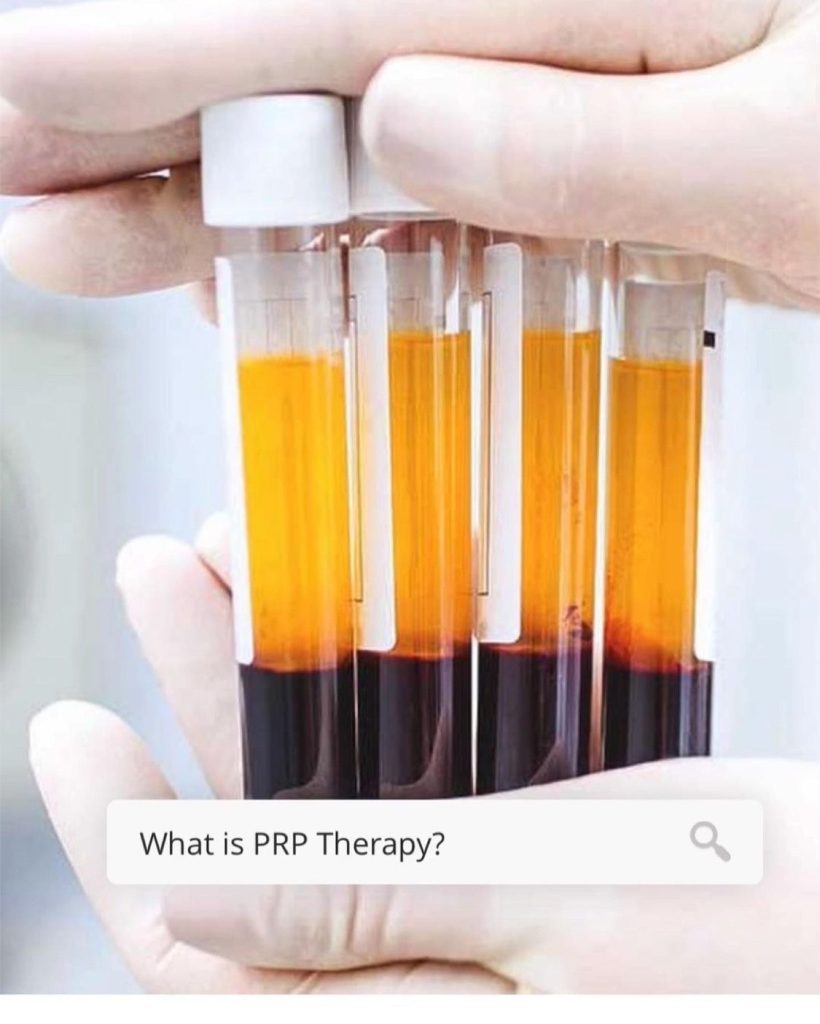
Why PRP at Katalyst Wellness?
You could get PRP injections at a medspa or orthopedic chain—but here’s what sets Katalyst Wellness apart:
- Physician-Led Care – All PRP treatments are done by a board-certified MD, not a nurse or technician.
- Precision Injections – Every procedure is guided by real-time ultrasound for maximum accuracy.
- Comprehensive Evaluation – We combine lab diagnostics, physical exams, and imaging to create a personalized strategy.
- Top-Tier Support – From first visit to final follow-up, you’ll always have access to our team for questions, guidance, and recovery advice.
FAQ: PRP Therapy
Q: Is PRP covered by insurance?
A: In most cases, no. PRP is considered elective regenerative medicine, but many patients find the results well worth the out-of-pocket investment.
Q: Can I work out during PRP treatment?
A: Yes, but keep it controlled. You should not increase intensity or volume—no new PRs, no pushing through pain. Recovery first, gains later.
Q: Are there side effects?
A: Most patients experience mild soreness, stiffness, or swelling at the injection site. Icing the area in the first 48 hours helps. Infection risk is minimal thanks to our sterile protocols.
Q: Does PRP work for everyone?
A: PRP helps almost everyone, but results vary. Some respond fast. Others need a few treatments to see progress. We’ll assess your specific case and adjust accordingly.
Q: Can PRP be combined with other treatments?
A: Yes. At follow-ups, we may add growth factors or hyaluronic acid to enhance your recovery. We also recommend mobility, physical therapy, and sometimes hormone optimization for full-body healing.
Ready to Heal Smarter?
You don’t have to live with chronic pain. You don’t have to give up your sport, your training, or your quality of life. PRP therapy puts the power to heal back in your hands—literally.
At Katalyst Wellness, we use real science and real results to help you recover the right way. If you’re ready to take the next step, schedule a consultation today and find out if PRP is right for you.

